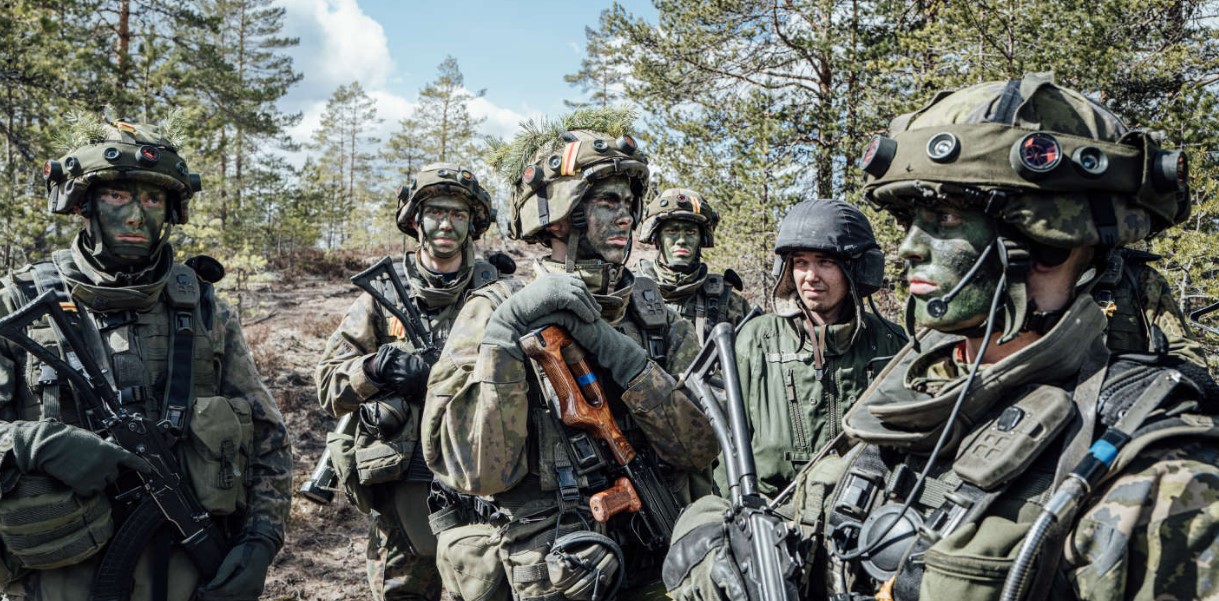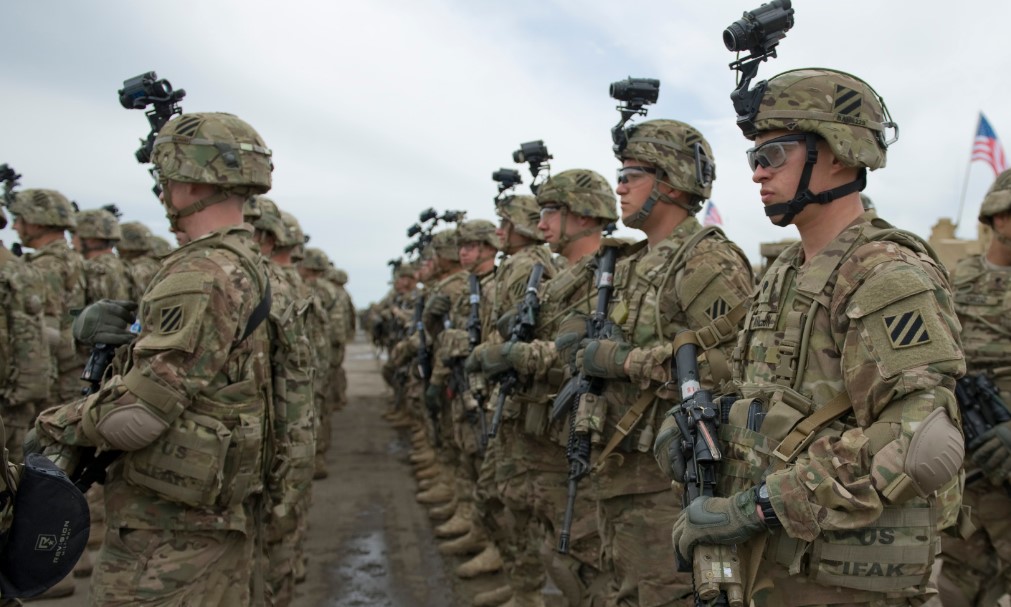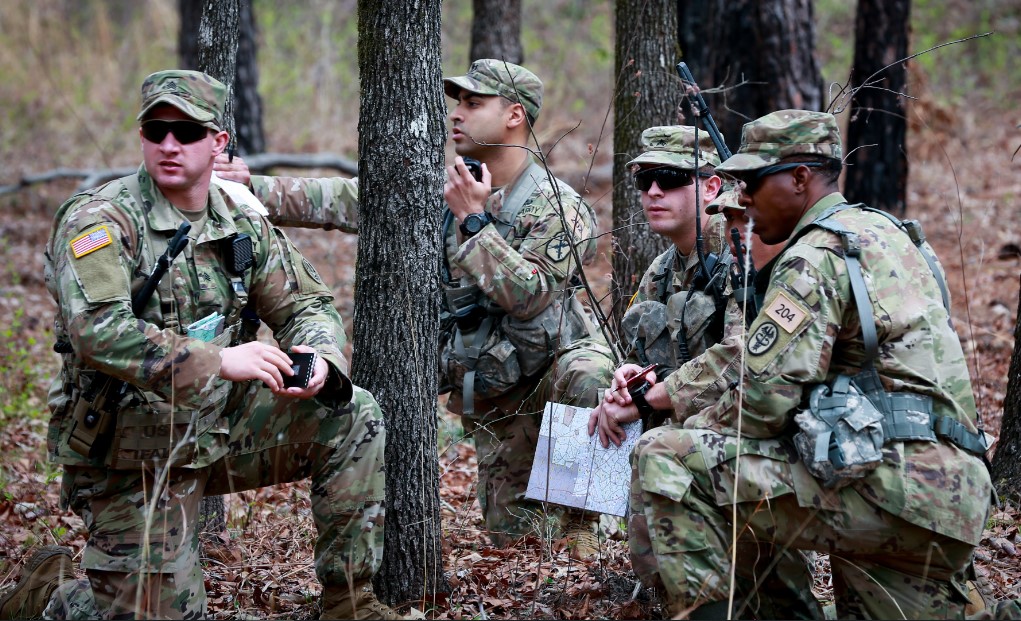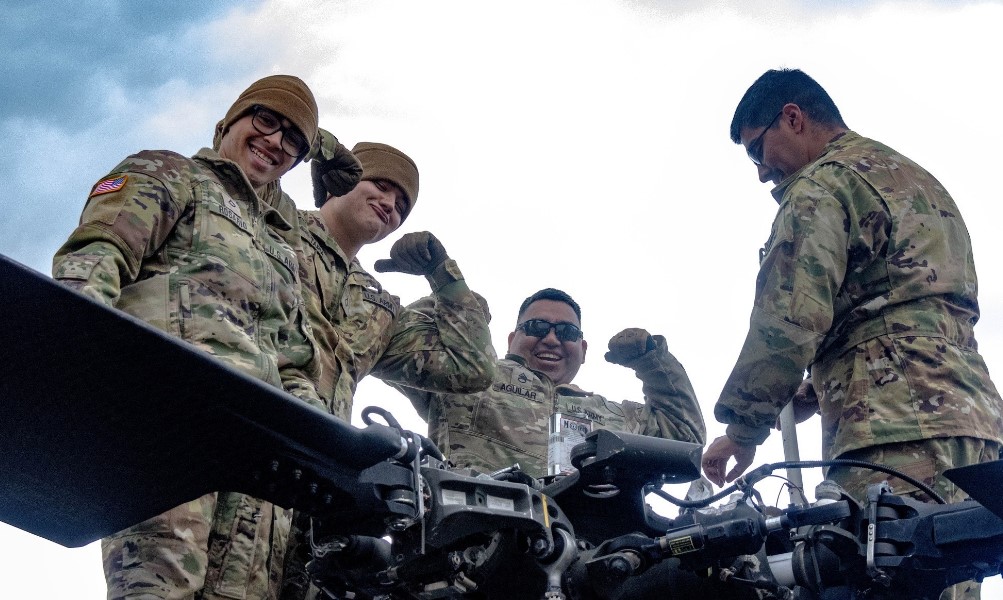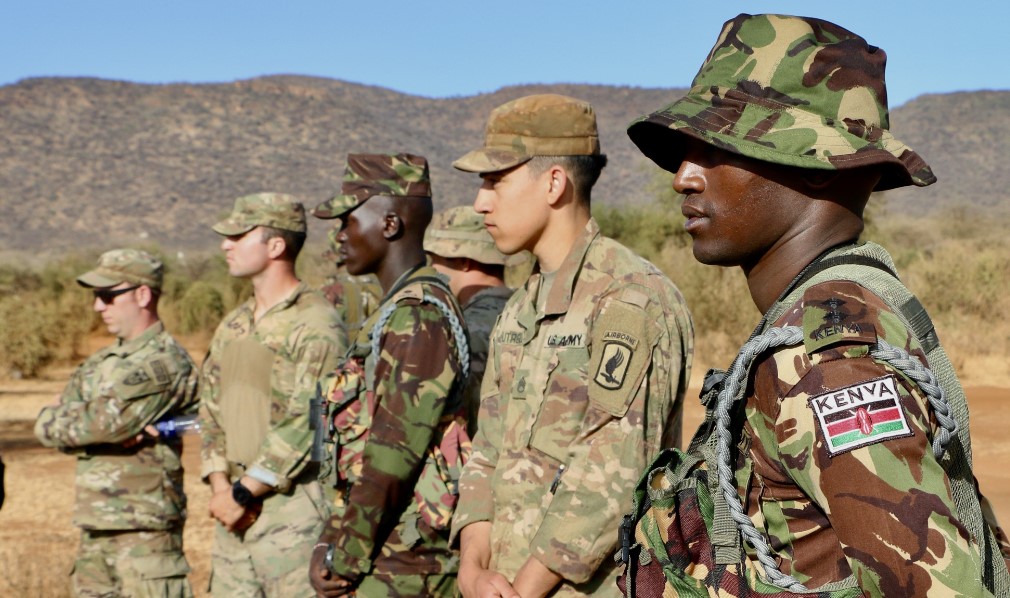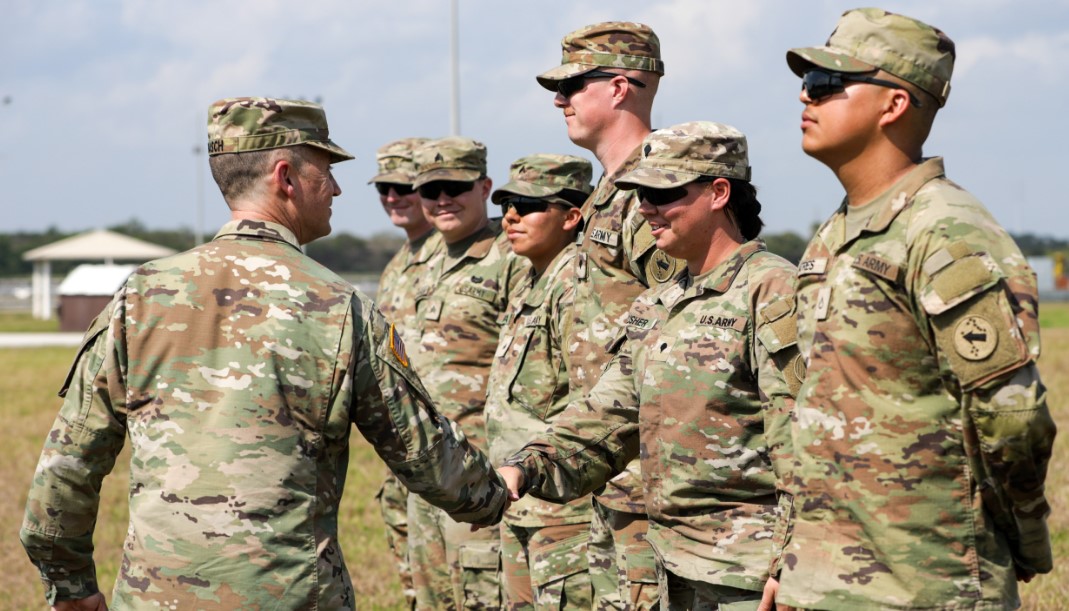PPW Army Worksheet: An Overview of the Army’s Promotion Point Tracking Tool
The Army employs a promotion system based on the promotion point system. This promotion point system is used to determine promotions for enlisted soldiers. The promotion point system is based on a soldier’s performance in various areas, such as training, education, and duty performance. The Army uses the Promotion Point Worksheet (PPW) to track and calculate promotion points for its enlisted soldiers. The PPW is essential for Army soldiers who want to be promoted and advance their careers. This article will provide an overview of the PPW Army Worksheet and how it works.
What is the PPW Army Worksheet?
The PPW Army Worksheet is a tool the Army uses to track and calculate promotion points for its enlisted soldiers. The PPW is an automated system part of the Integrated Personnel and Pay System-Army (IPPS-A). The PPW uses data from various Army systems, such as the Army Training Requirements and Resources System (ATRRS), the Defense Finance and Accounting Service (DFAS), and the Army Human Resources Command (HRC), to calculate promotion points for soldiers.
How does the PPW Army Worksheet work?
The PPW Army Worksheet is based on a point system that assigns points to various categories such as military training, civilian education, awards, duty positions, and physical fitness. The PPW Army Worksheet also considers time in service and time in grade.
Soldiers can access their PPW Army Worksheet using their Common Access Card (CAC) and logging into the IPPS-A portal. Once logged in, soldiers can view their promotion point summary and see how many points they have earned in each category. The PPW Army Worksheet also provides soldiers a projected promotion point cutoff score for each rank and MOS (Military Occupational Specialty).
What categories are included in the PPW Army Worksheet?
The PPW Army Worksheet includes several categories in which soldiers can earn promotion points. These categories are:
- Military Training: Soldiers can earn promotion points for completing Army training courses such as Basic Leader Course (BLC), Advanced Leader Course (ALC), and Senior Leader Course (SLC).
- Civilian Education: Soldiers can earn promotion points for completing college courses, military correspondence courses, and other educational programs.
- Awards: Soldiers can earn promotion points for receiving military awards such as the Army Achievement Medal, Army Commendation Medal, and Bronze Star Medal.
- Duty Positions: Soldiers can earn promotion points for holding certain duty positions such as squad leader, platoon sergeant, and first sergeant.
- Physical Fitness: Soldiers can earn promotion points for high Army Physical Fitness Test (APFT) scores.
How can soldiers improve their PPW Army Worksheet?
Soldiers can improve their PPW Army Worksheet by earning promotion points in various categories. Soldiers can attend Army training courses such as BLC, ALC, and SLC to earn promotion points in the Military Training category. Soldiers can also take college courses and other educational programs to earn promotion points in the Civilian Education category. Soldiers can receive military awards to earn promotion points in the Awards category. Soldiers can also seek out duty positions that offer promotion points, such as squad leader, platoon sergeant, and first sergeant. Finally, soldiers can work to improve their physical fitness and achieve high scores on the APFT to earn promotion points in the Physical Fitness category.
The PPW Army Worksheet is essential for Army soldiers who want to be promoted and advance their careers. The PPW Army Worksheet is an automated system that tracks and calculates promotion points for soldiers based on various categories such as military training, civilian education, awards, duty positions, and physical fitness. Soldiers can access their PPW Army Worksheet using their CAC and logging into the IPPS-A portal. By earning promotion points in various categories, soldiers can improve their PPW Army Worksheet and increase their promotion chances.



